Home>Gardening & Outdoor>Plant Care & Gardening Tips>Why Are Wildflower Meadows Important?
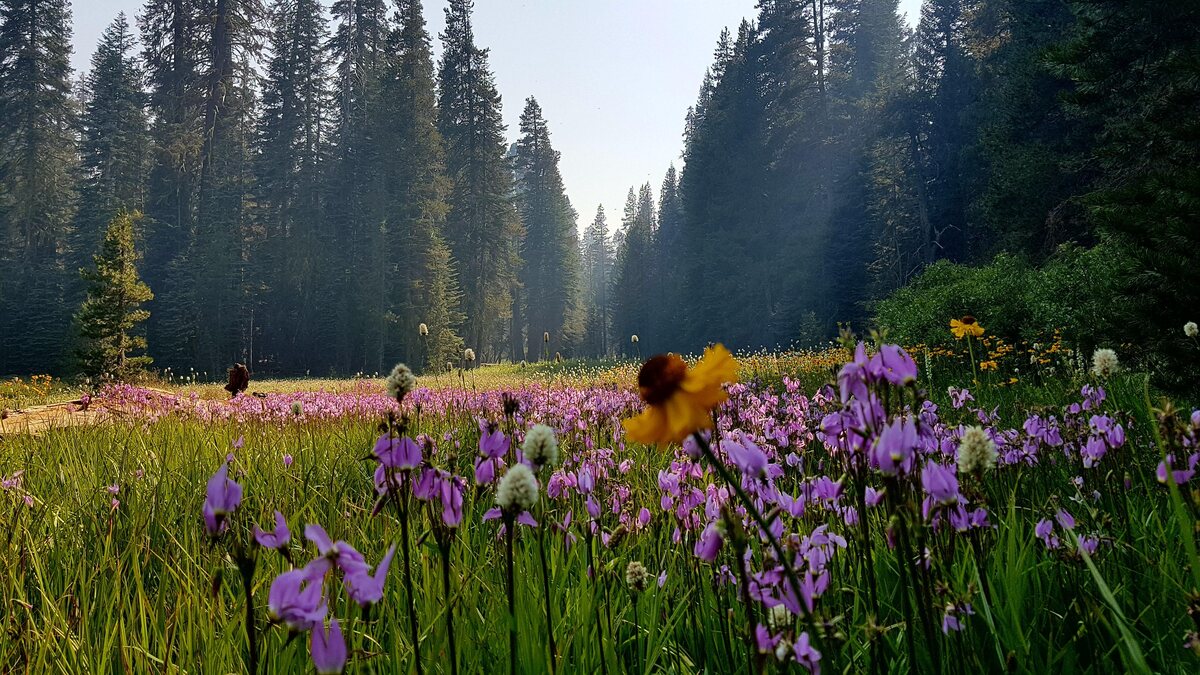

Plant Care & Gardening Tips
Why Are Wildflower Meadows Important?
Published: December 24, 2023
Discover the significance of wildflower meadows and their role in plant care and gardening tips. Learn why they are important for biodiversity and ecosystem health.
(Many of the links in this article redirect to a specific reviewed product. Your purchase of these products through affiliate links helps to generate commission for Storables.com, at no extra cost. Learn more)
Introduction
Welcome to the enchanting world of wildflower meadows, where nature’s beauty flourishes in vibrant hues, and biodiversity thrives in harmony. Wildflower meadows are not just picturesque landscapes; they play a crucial role in supporting diverse ecosystems, providing essential ecosystem services, and contributing to the conservation of native flora and fauna. In this article, we will delve into the multifaceted significance of wildflower meadows, exploring their impact on biodiversity, conservation efforts, cultural importance, and their invaluable role in supporting pollinators and wildlife.
Join me on this captivating journey as we uncover the reasons why wildflower meadows are vital for our planet’s health and well-being, and why their preservation is essential for future generations to cherish and benefit from.
Key Takeaways:
- Wildflower meadows are vital for biodiversity, providing homes for diverse plant and animal species, supporting pollinators, and offering essential ecosystem services like soil improvement and water retention.
- Preserving wildflower meadows is crucial for conserving native plants and cultural heritage, as well as providing a serene escape and sensory experience, while supporting pollinators and wildlife.
Read more: When To Cut A Wildflower Meadow
Biodiversity and Ecosystem Services
Wildflower meadows are veritable treasure troves of biodiversity, providing a haven for an extensive array of plant species, insects, birds, and small mammals. Unlike monoculture grasslands, wildflower meadows boast a rich tapestry of plant life, with each species contributing to the overall ecological balance. This diverse plant community supports a myriad of insect species, including butterflies, bees, and beetles, which play pivotal roles in pollination and the broader food web.
Furthermore, the intricate network of plant roots in wildflower meadows helps improve soil structure and enhances water retention, thereby mitigating soil erosion and contributing to water quality. This natural ecosystem service is invaluable, especially in the face of climate change and its associated environmental challenges.
By preserving and restoring wildflower meadows, we can safeguard essential ecosystem services such as carbon sequestration, air and water purification, and the maintenance of soil fertility. These services are vital for sustaining life on Earth and are intricately linked to the preservation of biodiversity.
The intricate relationship between biodiversity and ecosystem services underscores the critical importance of wildflower meadows in maintaining ecological balance and supporting the overall health of our planet.
Conservation and Restoration
Wildflower meadows hold significant ecological value and are essential for the conservation of native plant species. Unfortunately, these biodiverse habitats have faced significant decline due to urbanization, agricultural intensification, and changes in land management practices. As a result, many native wildflower species have become increasingly rare, making the preservation and restoration of wildflower meadows a pressing conservation priority.
Conservation efforts aimed at protecting and restoring wildflower meadows are crucial for maintaining genetic diversity within plant populations and safeguarding the habitats of numerous insect and bird species. These efforts often involve the careful management of meadow ecosystems, including the control of invasive species, sustainable grazing practices, and the promotion of traditional haymaking techniques that support biodiversity.
Restoring wildflower meadows in areas where they have been lost or degraded can have far-reaching benefits, not only in terms of biodiversity conservation but also in enhancing the visual appeal of the landscape and providing valuable foraging and nesting sites for wildlife.
Furthermore, the restoration of wildflower meadows contributes to the preservation of cultural heritage, as these landscapes are deeply intertwined with traditional farming practices and are an integral part of local history and identity. By reviving and preserving these biodiverse habitats, we can ensure that future generations have the opportunity to experience and appreciate the natural beauty and ecological richness of wildflower meadows.
Through dedicated conservation and restoration initiatives, we can work towards reversing the decline of wildflower meadows, safeguarding their ecological significance, and nurturing a sustainable and biodiverse environment for generations to come.
Wildflower meadows are important because they provide food and habitat for pollinators, support biodiversity, and contribute to the overall health of ecosystems.
Aesthetics and Cultural Importance
Wildflower meadows are not only essential for ecological balance but also hold profound cultural and aesthetic significance. These vibrant landscapes have captivated human imagination for centuries, inspiring artists, poets, and nature enthusiasts with their breathtaking beauty and natural allure.
From the gentle nod of delicate wildflowers in the breeze to the kaleidoscopic display of colors that change with the seasons, wildflower meadows evoke a sense of tranquility and wonder. Their picturesque charm and ever-changing tapestry of flora contribute to the visual splendor of the natural world, offering a serene escape from the hustle and bustle of modern life.
Moreover, wildflower meadows are deeply ingrained in the cultural heritage of many regions, symbolizing the timeless connection between humans and the land. These biodiverse habitats have been integral to traditional farming practices, providing grazing grounds for livestock and serving as a source of hay for winter feed. The preservation of wildflower meadows is, therefore, not only an ecological imperative but also a means of safeguarding a rich tapestry of cultural traditions and practices.
Additionally, the aesthetic appeal of wildflower meadows extends beyond their visual allure. The subtle fragrance of wildflowers, the gentle hum of pollinators, and the rustle of grasses in the wind create an immersive sensory experience, inviting individuals to connect with nature on a deeper level.
By recognizing the cultural and aesthetic value of wildflower meadows, we can foster a greater appreciation for these biodiverse landscapes and promote their conservation as living testaments to our shared heritage and the enduring beauty of the natural world.
Supporting Pollinators and Wildlife
Wildflower meadows play a pivotal role in supporting pollinators and wildlife, offering a diverse and abundant source of nectar, pollen, and shelter. As natural habitats continue to diminish, these biodiverse landscapes serve as vital refuges for a myriad of insect species, including bees, butterflies, moths, and hoverflies, all of which are essential for the pollination of wild plants and agricultural crops.
The rich floral resources found in wildflower meadows provide a continuous supply of nectar and pollen throughout the growing season, supporting pollinators and contributing to the overall health and resilience of ecosystems. In turn, the presence of pollinators facilitates the reproduction of wildflowers, ensuring the perpetuation of diverse plant species within these habitats.
Besides pollinators, wildflower meadows also harbor a wealth of other wildlife, including small mammals, amphibians, and a variety of bird species. The diverse structure of the meadow, with its varying heights of vegetation and abundance of seeds and insects, creates an ideal environment for foraging, nesting, and shelter. This, in turn, attracts a rich diversity of birdlife, from songbirds to birds of prey, enriching the ecological tapestry of the meadow.
Furthermore, the presence of wildflower meadows within agricultural landscapes can act as a natural pest control measure, attracting beneficial insects that prey on crop-damaging pests. This ecosystem service not only benefits farmers but also reduces the reliance on chemical pesticides, contributing to a more sustainable and environmentally friendly approach to agriculture.
By nurturing and preserving wildflower meadows, we can ensure the continued provision of essential resources for pollinators and wildlife, fostering the interconnectedness of species and maintaining the delicate balance of natural ecosystems.
Read more: How To Maintain A Wildflower Meadow
Conclusion
Wildflower meadows stand as vibrant tapestries of biodiversity, cultural heritage, and ecological resilience, embodying the intrinsic connection between humans and the natural world. Their significance extends beyond their visual splendor, encompassing crucial roles in supporting biodiversity, providing essential ecosystem services, and offering sanctuaries for pollinators and wildlife.
As we navigate an era marked by environmental challenges and biodiversity loss, the preservation and restoration of wildflower meadows emerge as a beacon of hope for the future. By recognizing the multifaceted importance of these biodiverse habitats, we can instill a renewed sense of stewardship for the land and its rich tapestry of life.
Conservation efforts, coupled with public awareness and engagement, are essential in safeguarding the ecological integrity and cultural significance of wildflower meadows. Through collaborative initiatives that integrate ecological restoration, sustainable land management, and community involvement, we can ensure that these invaluable landscapes continue to thrive for generations to come.
Moreover, the aesthetic and cultural allure of wildflower meadows serves as a poignant reminder of our deep-rooted connection to the natural world. These landscapes inspire creativity, evoke a sense of wonder, and offer a sanctuary for reflection, nurturing our well-being and enriching our lives in profound ways.
As we embrace the imperative of preserving wildflower meadows, we embark on a collective journey to conserve the irreplaceable beauty of these biodiverse habitats and honor the intricate web of life they sustain. Through our dedication to their preservation, we not only safeguard the ecological balance of our planet but also celebrate the enduring splendor of nature’s intricate tapestry.
Let us cherish and protect wildflower meadows as living testaments to the resilience and beauty of the natural world, recognizing their profound significance in shaping a sustainable and harmonious coexistence between humanity and the Earth.
Frequently Asked Questions about Why Are Wildflower Meadows Important?
Was this page helpful?
At Storables.com, we guarantee accurate and reliable information. Our content, validated by Expert Board Contributors, is crafted following stringent Editorial Policies. We're committed to providing you with well-researched, expert-backed insights for all your informational needs.
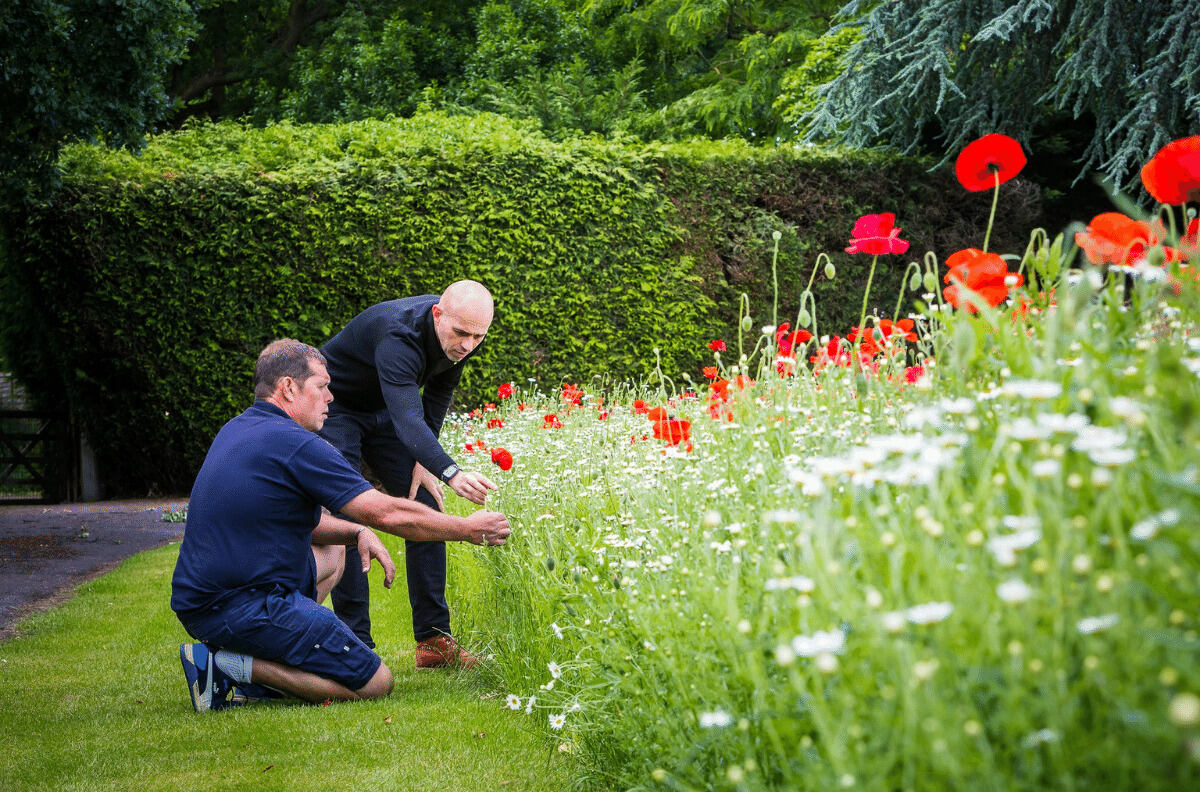
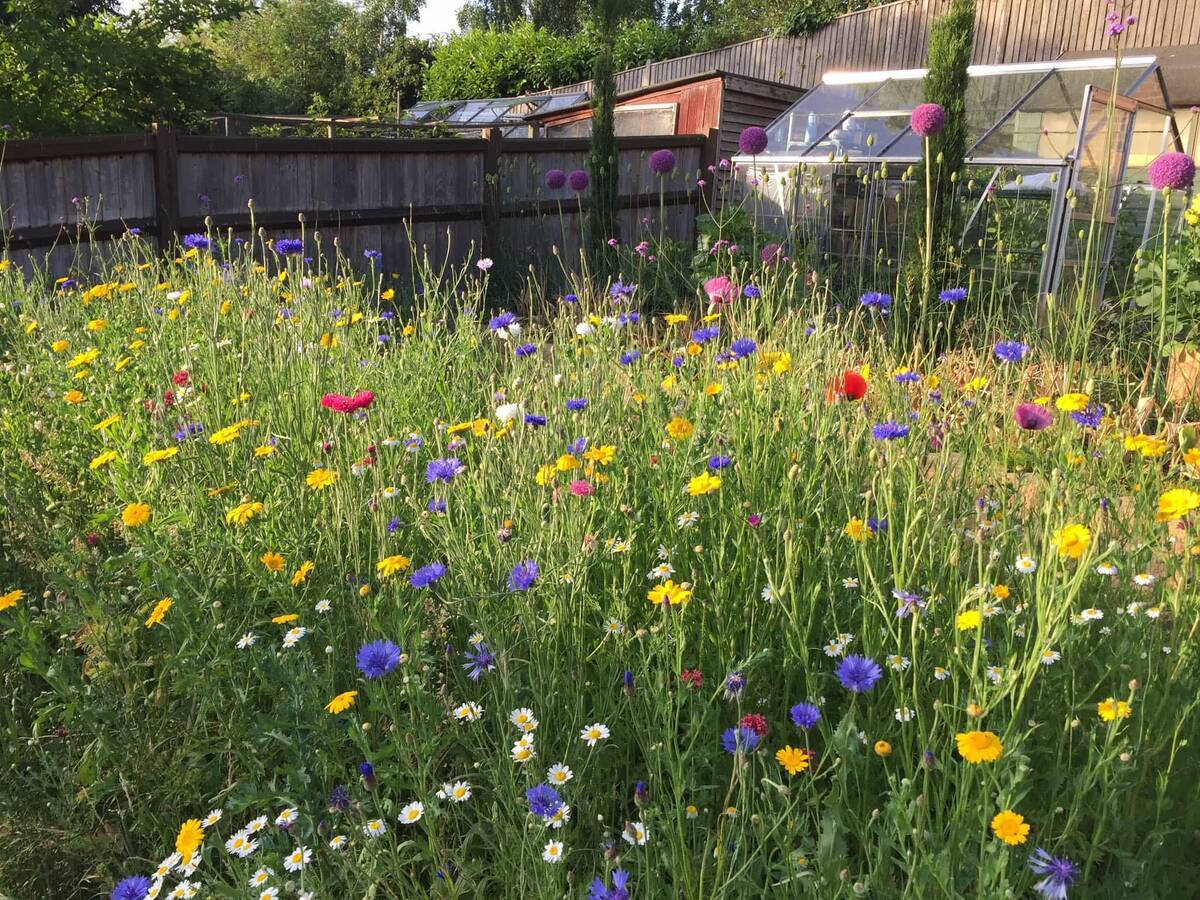
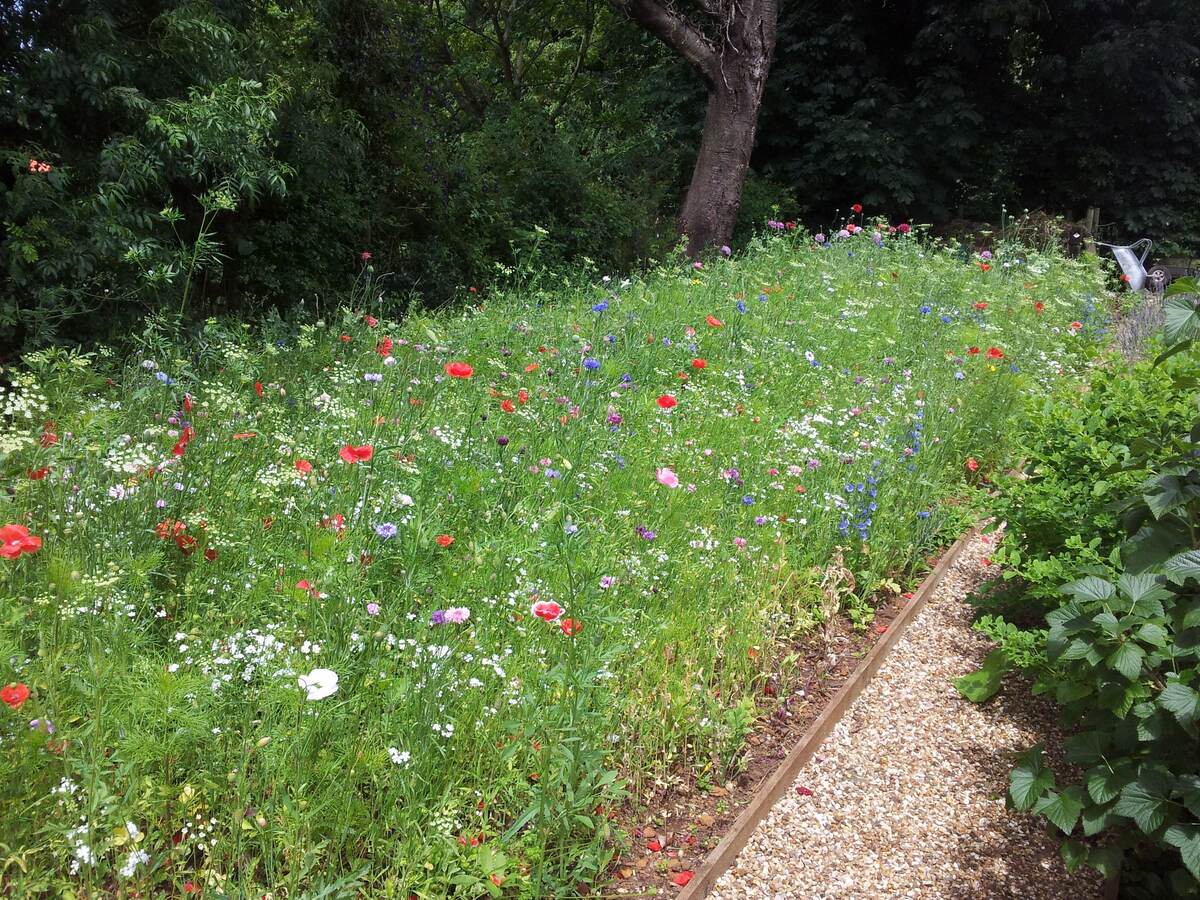
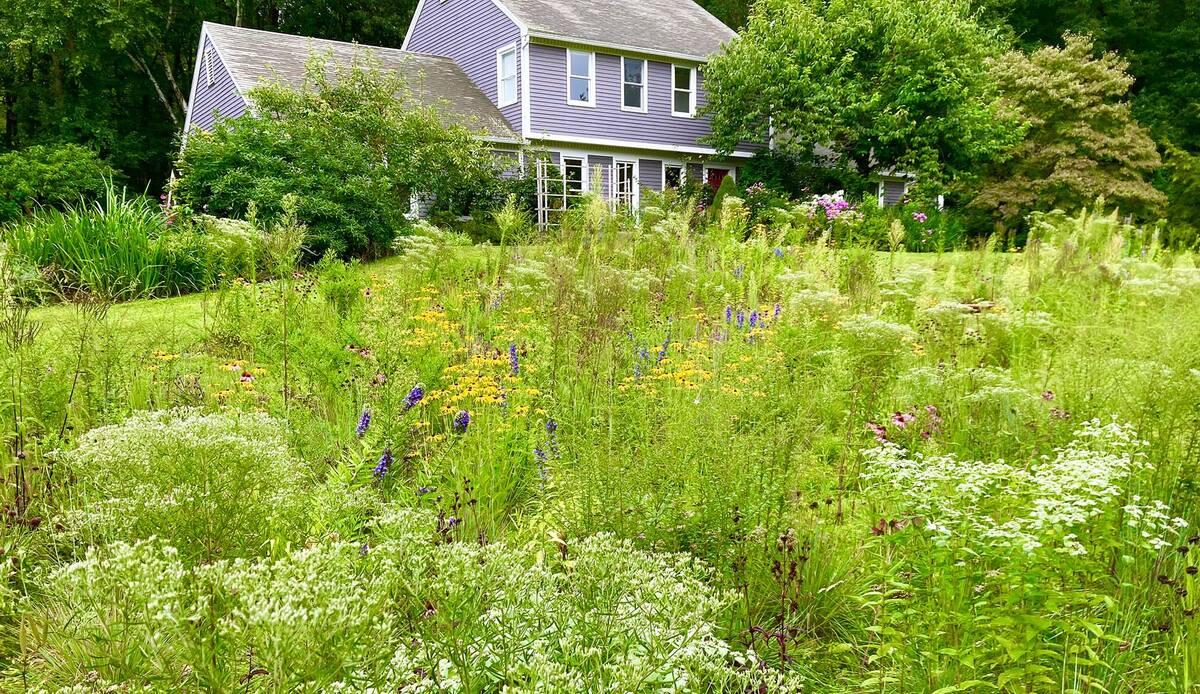
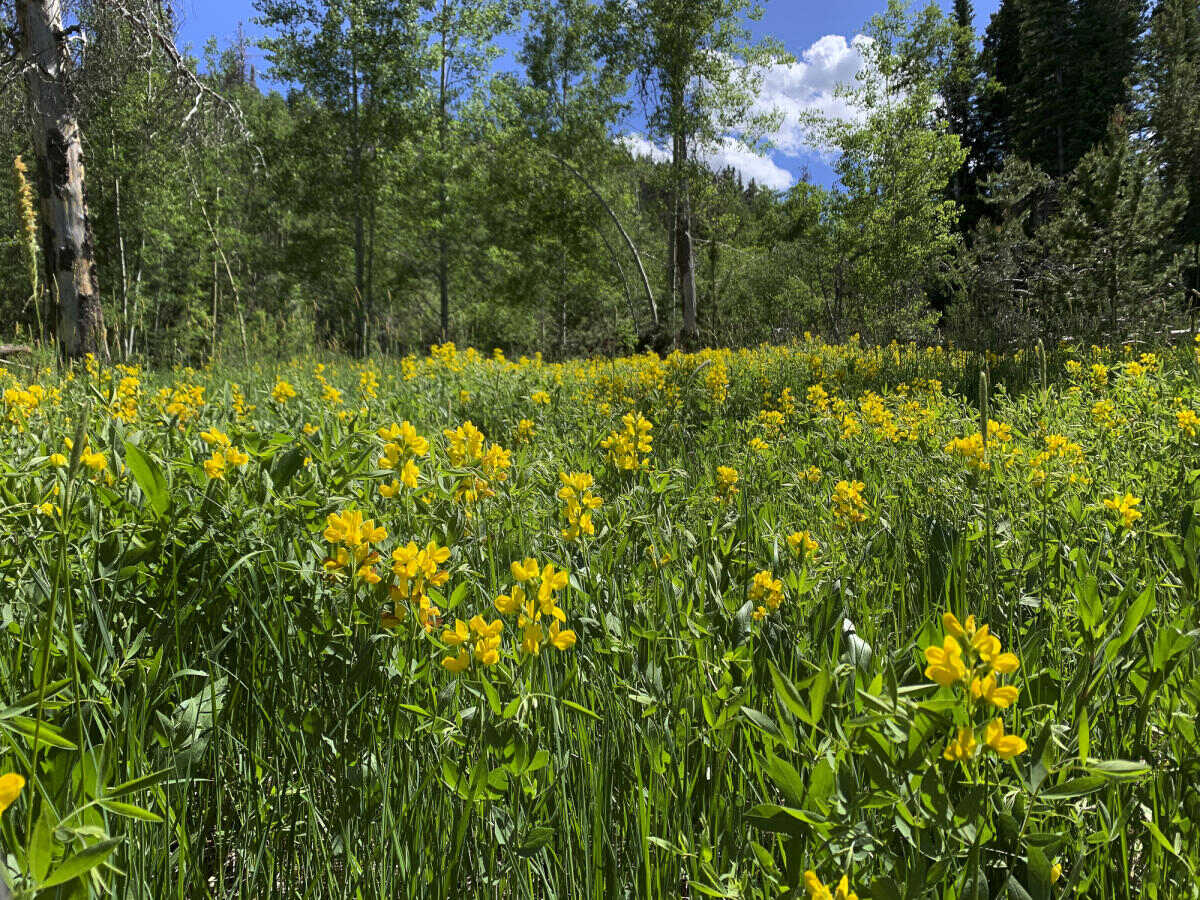


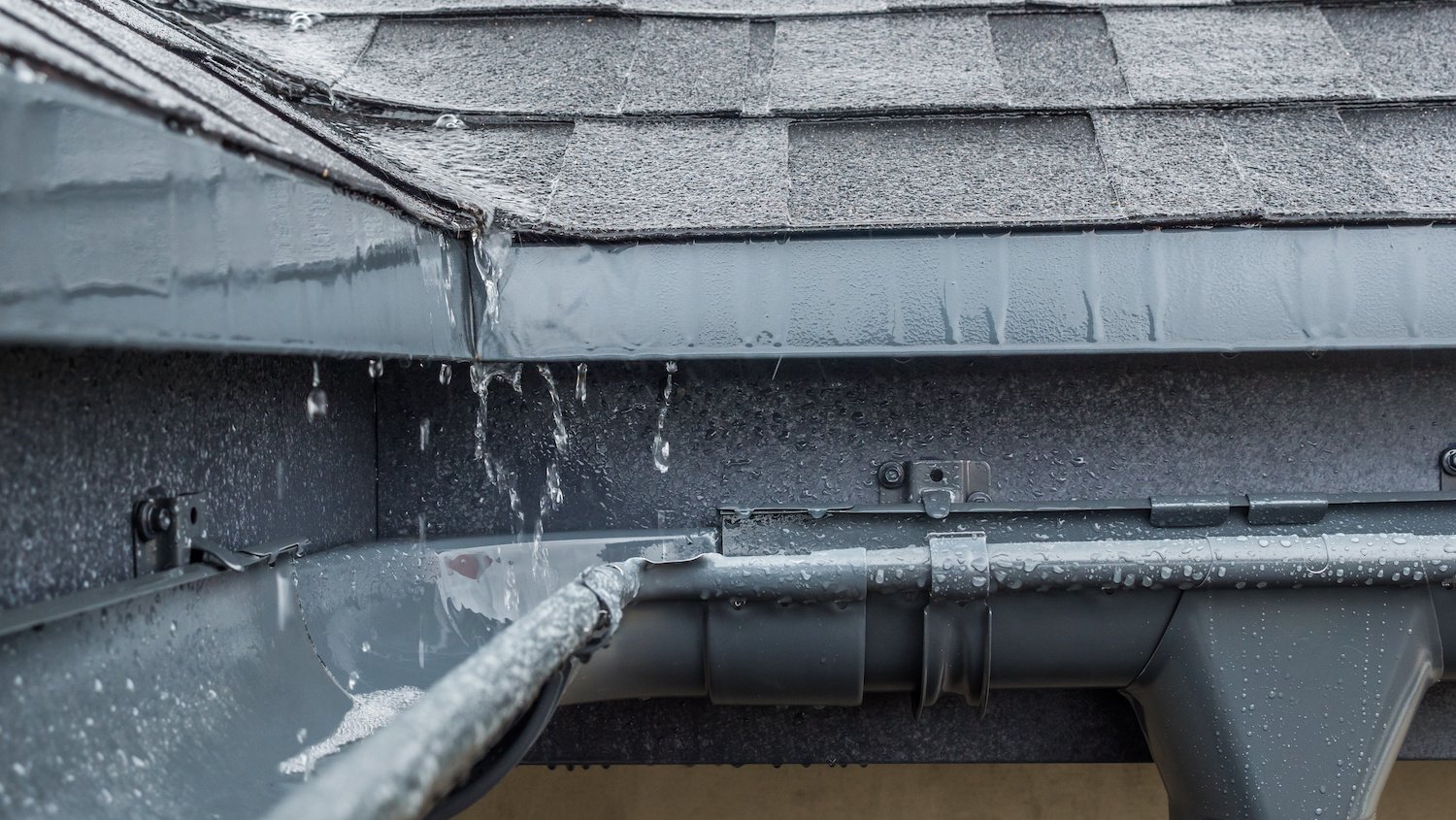


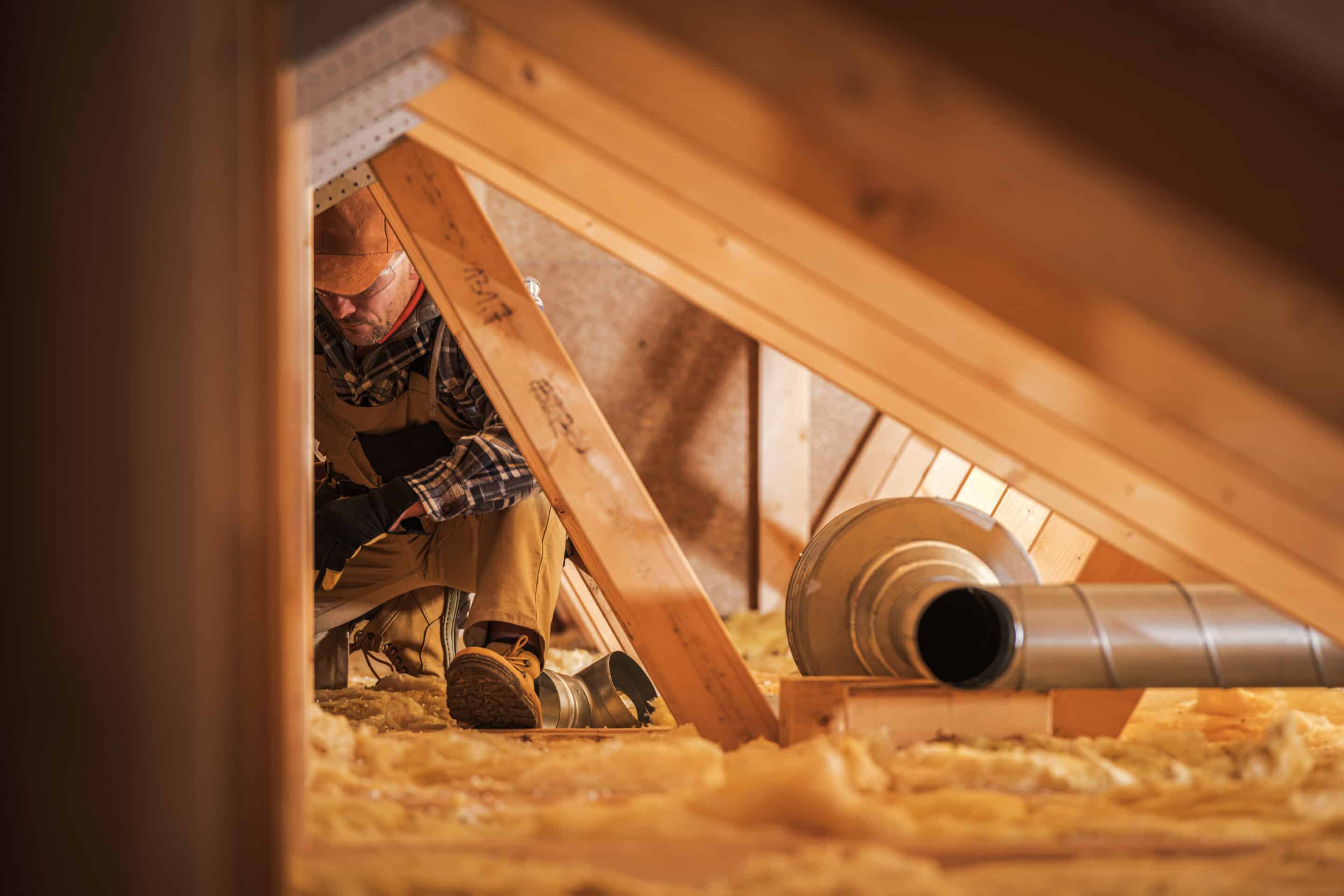




0 thoughts on “Why Are Wildflower Meadows Important?”